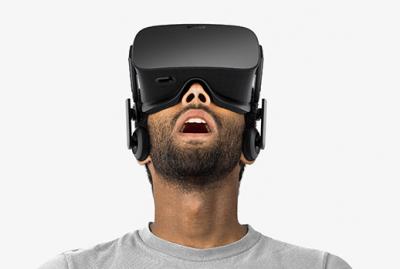The VR market is set for very fast growth in the next few years, and OLED displays are the best displays for this market - mostly because of the fast response time which is required for such applications. OLEDs also offer, of course, a better image quality, better colors, lighter weigh and better efficiency.

As companies such as Apple, Samsung, Google, Facebook and Sony enter this market, display makers are starting to develop products specifically for VR headsets. According to a report from Business Korea, the major problem with VR today is the screen density - a good VR experience requires a screen resolution that is at least three times higher than that of a mobile phone display (which is currently at around 500 PPI).
Achieving over 1,500 PPI in an OLED display is extremely difficult (but possible, it seems) and according to the report both Samsung and LG Display are considering dedicating specific production lines for VR applications with the required technology.
SDC is apparently thinking of basing the new lines on glass or plastic printed circuit boards (similar to current mobile phone displays). LG Display, on the other hand, is looking into using a silicon wafer-based production line - which will be similar to the technology used in OLED microdisplays. This is an interesting thought, although it'll be seen whether it is viable - especially as the cost of such panels will be very high compared to glass/plastic based OLEDs.
Some market analysts estimate the VR market at over 50 million units by 2020 - and most of these headsets will probably adopt OLED displays. This is a large market for display makers and it may be that it'll have a large premium segment that will be willing to use high-end expensive OLED.

